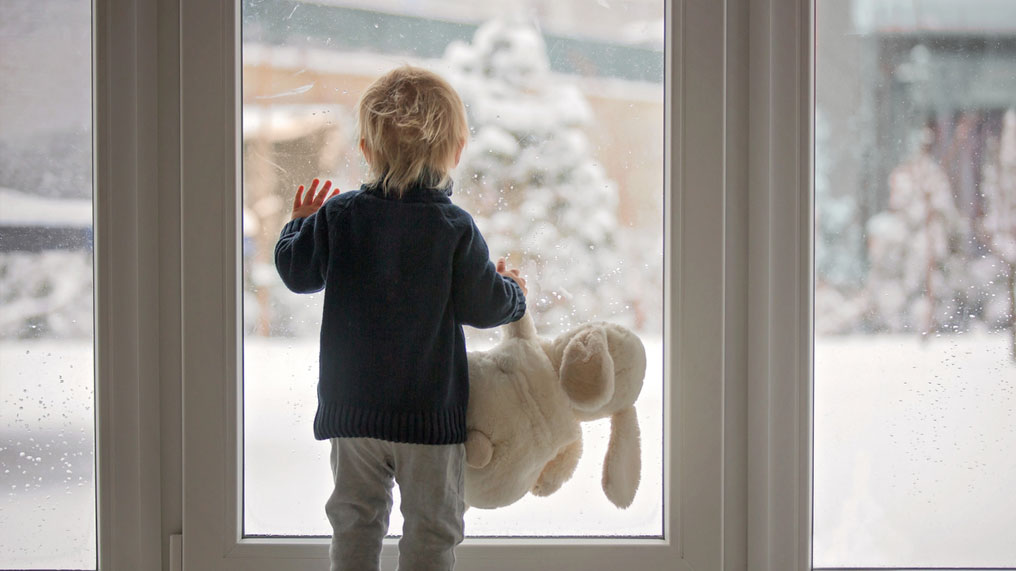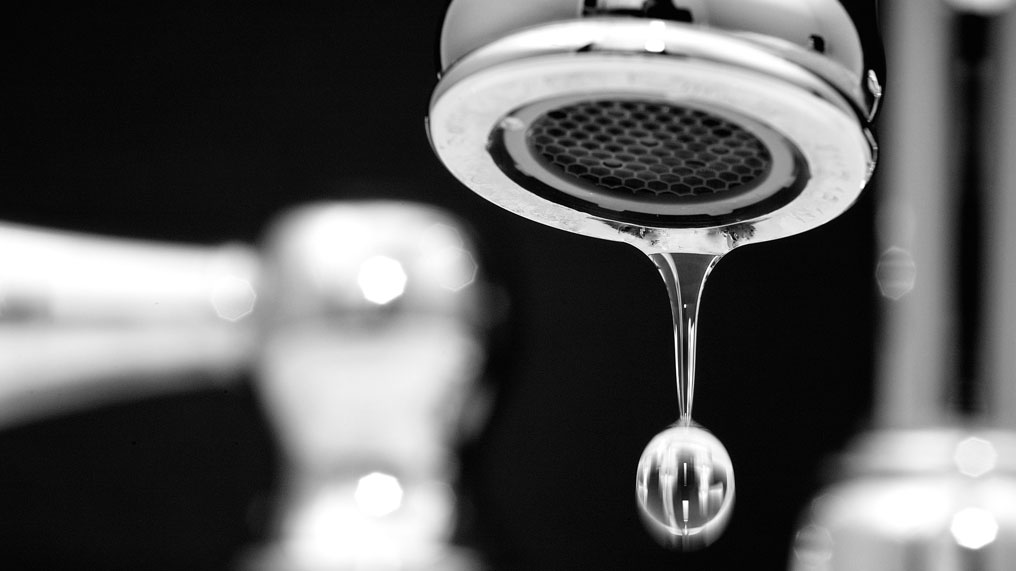As the temperature drops, it’s time to get your home winter-ready. Burst pipes, broken boilers, flooding and storm damage are just some of the risks facing homeowners and landlords during the colder months.
But with preparation and planning, you can reduce the chances of having a property disaster this winter. It’ll also help keep your energy bills in check while making sure your home is warm during the colder months.
Here’s our updated checklist to help you get ready for the chill.
1. Lag pipes and water tanks
Rapid freezing and thawing can lead to burst pipes and cause serious damage. Lagging is a simple but effective technique for insulating exposed pipes and water tanks – especially in lofts, garages and outbuildings.
Foam pipe insulation (available at most DIY stores) reduces heat loss and prevents pipes from freezing. You can buy specialist insulating jackets for water tanks, too.
On cold days, you could open the loft door to let warmer air circulate from the rest of the house. Leave kitchen cupboards and bathroom doors open too, so warmer air can reach hidden pipes.
2. Get your boiler serviced
There’s nothing like a cold snap to find out whether your boiler’s in good shape. Book an annual service with a Gas Safe registered engineer to keep it running efficiently and safely.
During the service, you can ask for tips on how to fix minor issues, such as a drop in pressure that could cause your heating to fail.
Legally, landlords should arrange a boiler service every year or risk a fine. Owner-occupiers aren’t obliged to get an annual boiler service, but it’s still a good idea as it can prevent problems further down the line.
Also, consider lowering your boiler’s flow temperature to around 60°C. It won’t affect how warm your home feels, but it could reduce your energy bills.
However, it’s important to note that if your home is too cold it can affect your health. The NHS recommends keeping indoor temperatures at 18°C or above, especially if you’re an older adult or have a health condition.
3. Bleed your radiators
If your radiators are colder at the top than they are at the bottom, it’s a sign that air is trapped inside them, stopping the heat from circulating properly.
Bleeding releases trapped air and helps your heating system work more efficiently.
You can do this relatively easily yourself with a radiator key. Open the valve slightly until water starts to escape, then close it again. It’s a good idea to cover the floor with an old towel, in case you don’t manage to close the valve in time!
4. Draught-proof your home
Seal gaps around windows, doors, and floorboards to stop heat escaping. Draught excluders, door brushes and sealant strips are inexpensive and easy to install.
Minimising draughts will make your home feel cosier while cutting down on heating costs.
5. Use smart meters and heating controls
Smart meters help you track your energy use in real time, making it easier to manage your bills. If you have a programmable thermostat or smart heating controls, use them to heat only the rooms you need.
But don’t turn radiators off completely in rooms you’re not using, just turn them down. This helps prevent damp and keeps your central heating system balanced.
6. Check alarms and sweep your chimney
If you use a wood burner or open fire, get your chimney swept before winter. Test your smoke and carbon monoxide alarms regularly too, as you’re likely to spend more time indoors with the windows closed in winter.
7. Replace washers
Replace any worn-out washers on dripping taps as soon as possible. Washers are very cheap to buy, so this quick remedy will help prevent pipes from getting blocked if your taps freeze.
8. Locate your stopcock and gas supply
It’s important to be able to turn off utilities in an emergency. Make sure you know where your mains water stopcock is and how to turn it off. To find out more see our article about stopcocks.
You'll also want to know how to turn off the gas supply to your property. This will usually be under the stairs, the kitchen sink, or in the garage. Just give the handle a quarter turn so that the lever is at 90 degrees to the upright gas pipe.
9. Take care of repairs
Carrying out basic maintenance will mean there’s less chance of a small issue turning into a big disaster during a cold or stormy spell. Plus, your insurance won’t cover any damage caused by a lack of maintenance, so it’s best to be prepared.
Repair any defects to fences, gates, roof tiles, sheds and outbuildings before the weather gets too cold.
Make sure your gutters are clear of leaves and other debris so they don’t get blocked, as this can lead to leaks and gutters breaking.
Speak to your tenants
If you’re a landlord, make sure your tenants know what could go wrong in winter, especially as it’s likely they haven’t owned their own home before.
Have a chat with them about their responsibilities and who to call if things go wrong. They’ll be the first to spot if something’s amiss, so they need to know what to look out for.
They should also know where the stopcock is and how to turn it off, how to adequately ventilate a property, who to call if the boiler breaks down, and how to prevent pipes from freezing.
Going away this winter?
If you’re leaving your home empty or have a rental property with no tenants, contact your insurer to understand how it could affect your cover.
Turn off the water and ask a neighbour to check for burst pipes or floods. If there’s a possibility of outside temperatures dropping below freezing, you should keep the central heating on at a minimum of 15C (or 59F).
Winter-proofing your home doesn’t have to be expensive or complicated. With a few simple checks and tweaks, you can stay warm and save money on your heating bills.




